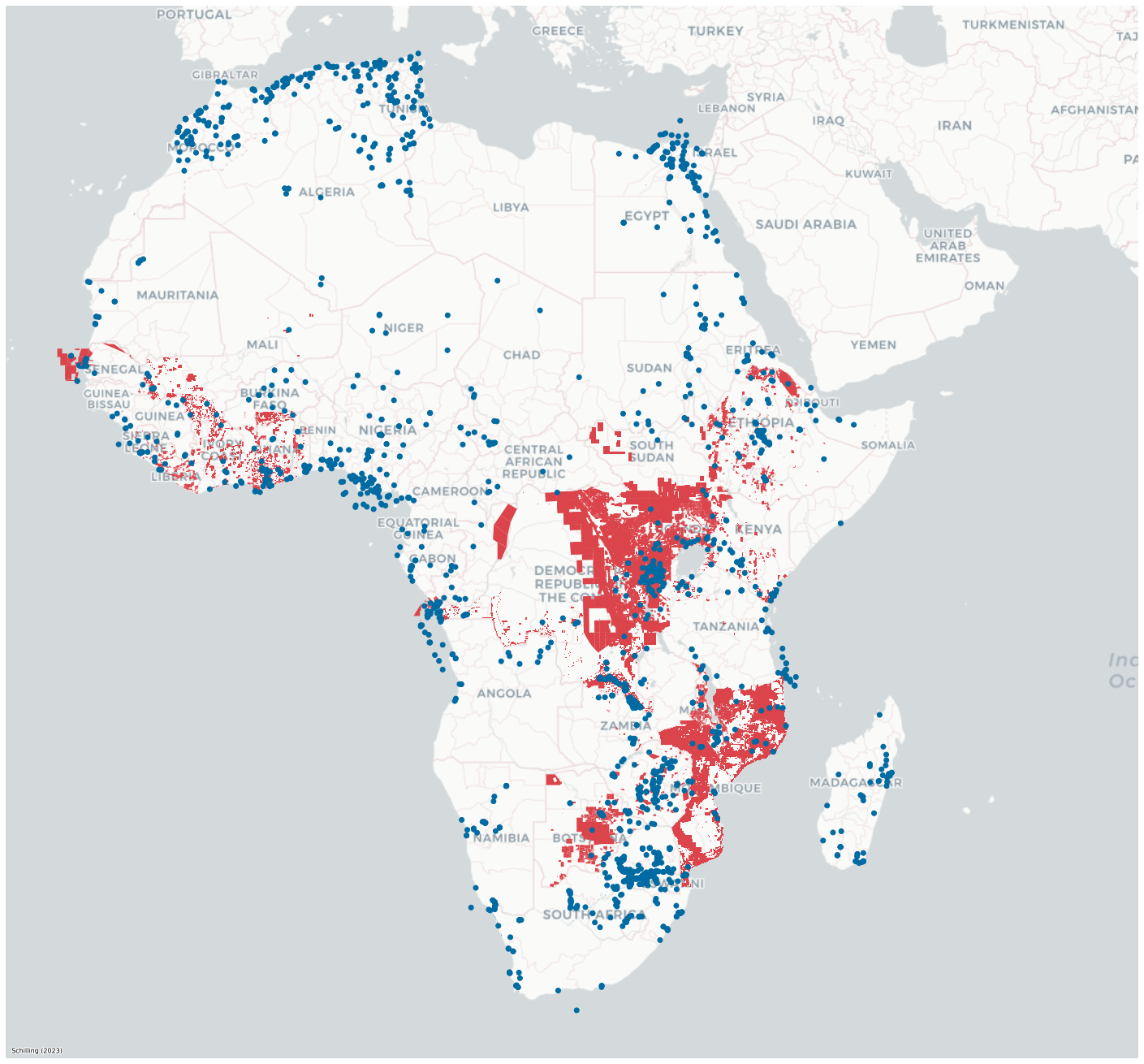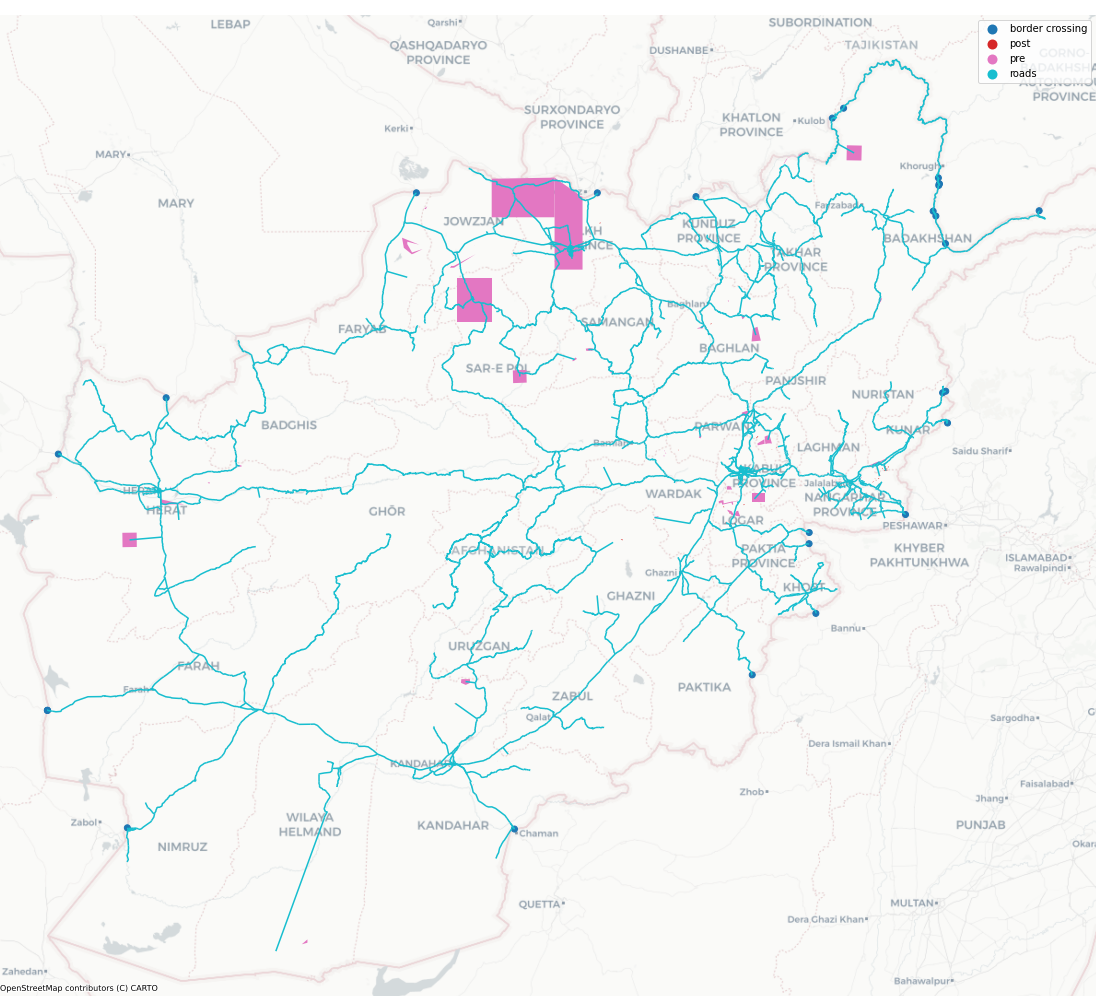Projects
Mining licenses in low income countries
Natural resource extraction, particularly mining, holds paramount economic and political significance as it fuels economic expansion, facilitates employment opportunities and generates substantial revenue in many low income countries. At the same time are these resources curicual to the global supply chain of electronic devices. However, studying mining activities and comprehending their legal status empirically presents inherent challenges due to the intricacies of the industry, variations in legal frameworks across different jurisdictions, the prevalence of informal and illicit mining practices, limited transparency in reporting, and the involvement of numerous stakeholders. Consequently, the comprehensive collection and analysis of data become arduous tasks.
In light of these challenges, in collaboration with Alan Jones, we have curated a comprehensive data repository of mining licenses in various low-income countries. This section presents descriptive statistics pertaining to the current project stages, shedding light on the prevailing conditions in the mining sector.
 Major extraction sides (blue) and public aviable mining licensese (red) on the African contient.
Major extraction sides (blue) and public aviable mining licensese (red) on the African contient.
Example: Mining activities and licenses in Sierra Leone
The following interactiv map zooms in on Sierra Leone and lists details of mining licenses and existing measures of mining activities.
The listed categories include licenses for artisanal miner or small-scale mining (ASM), Exploration and Prospecting licensese as well as Porduction licenseses.
To compare these legel entities to actual mining, the map also plots mining areas defined by Maus et al. (2020) and the United States Geological Survey (USGS). If you zoom in, you will also see mining areas that are mapped in the OpenStreetMap (OSM) project.
Other projects
Mines and roads in Afghanistan
Any group that gains power over a land or territory faces changing requirements as incumbent. While rebel groups can relay on ambush tactics and capture rents from existing economic activities, incumbents need to carry out their own economic policy or attract foreign capital to finance their rule. Existing research examines rent capture practices by rebel groups and incumbents separately, but does not account for the way rent capture opportunities shift if a rebel group becomes the incumbent. To study this relation, this projects investigates for the case of contemporary Afghanistan how the Taliban shifted their activities since August 2021.
The figure below displayse the road network and awarded mining licenses before and after August 2021

The formal sector of Mozambique
The study of low income countries is complicated by the lack of readily available data on firms and their owners. To address this challenge, I parse unstructured text data on firm ownership from a national gazette of Mozambique containing all formally registered entries since Mozambique’s independence.
In the flow map below, I define the home district of each business owner as the first one where they register any entity in the gazette. If they same person registers an entity in another district, they the flow level between these two districts increases by one unit. Overall, this model shows that the a large gas discoveries in northern Mozambique primarily increased the economic connection and business owner migration between the Capital Maputo and different districts. The FDI inflow, triggered by the gas discovery, relates to very little inter-district flows of business owners.
